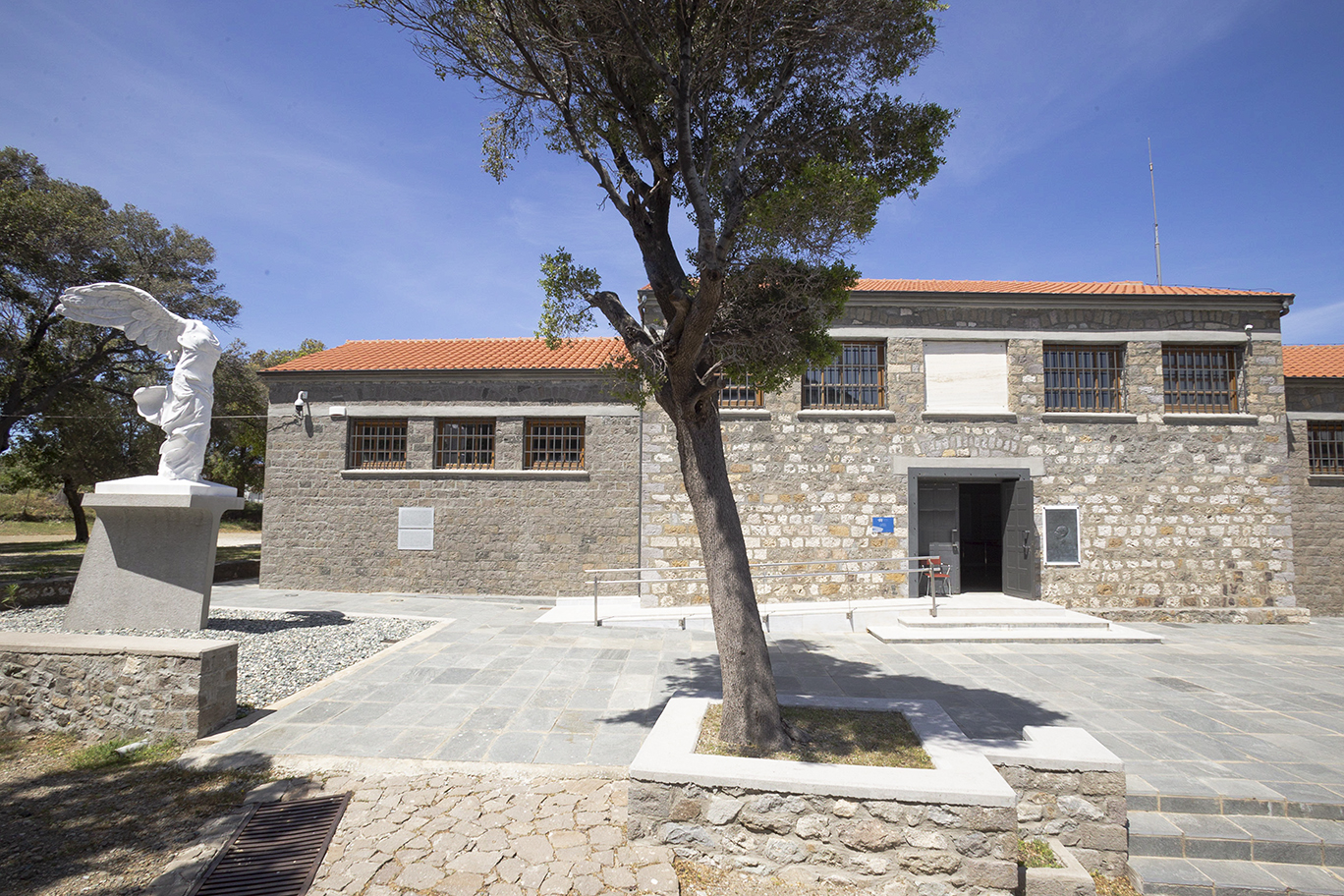The Archaeological Museum of Samothrace
directions Directions
In 1938 systematic excavations began at the Sanctuary of the Great Gods of Samothrace by the Institute of Fine Arts of New York University, which continue until today, under the direction of Karl Lehmann (1938-1960), James R. McCredie (1966- 2012) and Bonna D. Wescoat (2012-). The Archaeological Museum of Samothrace was constructed in the years (1939-1961) in Paleopolis, near the Sanctuary of the Great Gods, on the initiative of its American excavators and especially by the excavation director at that time, Karl Lehmann, under the architectural designs of Stuart M. Shaw (1899-1985). The first exhibition, which consisted mainly of the material from the American excavations, included only three rooms and was inaugurated in 1955. Today, the Museum's exhibition is structured into five rooms (A-E) which are placed perimetrically, around a central atrium, in which funerary inscriptions, decrees, votive inscriptions and lists of theoroi-proxenoi(;), initiates και observers are exhibited. The new exhibition of the Museum, which also presents findings from the newer excavations and collections of the 19th Ephorate of Prehistoric and Classical Antiquities initially and then the Ephorate of Antiquities of Evros in various archaeological sites of the island, from the Middle Neolithic period (about 5,500 BC) to the Modern Times, has once again as a central thematic axis the Sanctuary of the Great Gods. The layout of the exhibition units follows the route of the ancient visitor, who passed through the ancient city in order to reach the Sanctuary, his experience before and during initiation. In the visitors’ reception hall, the Museum hosts historical architectural restorations of important buildings of the Sanctuary (the Dome of Arsinoe II΄, the Hieron, the Altar Court) from the first period of the American research.
The renovation of the building was completed with the funds of the National Strategic Reference Framework NSRF 2007-2013 and the preparation of its new exhibition is currently underway with the funds of the National Strategic Reference Framework NSRF 2014-2020.
 Welcome to the Nike of Samothrace website!
Welcome to the Nike of Samothrace website!